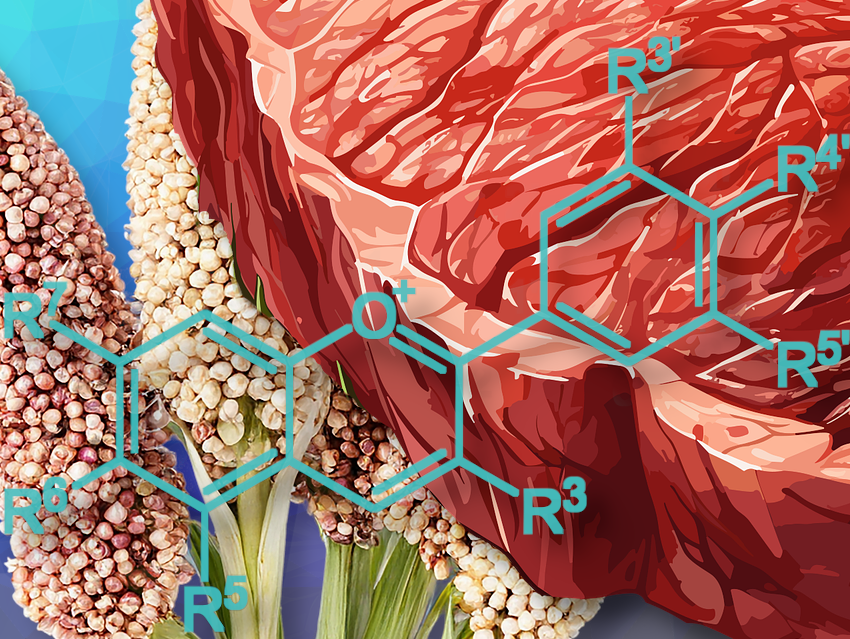Cultured meat Could be a sustainable technology for future meat production. It requires scaffolds to support cell growth. Plant proteins are the most promising raw materials for edible scaffolds, but they are still underused.
Linzhi Jing, National University of Singapore (Suzhou) Research Institute, Jiangsu, China, Dejian Huang, National University of Singapore (Suzhou) Research Institute, and National University of Singapore, and colleagues have investigated kafirin to produce porous, sponge-like 3D scaffolds on which to grow a prototype cultured pork. Kafirin is a prolamin protein found in sorghum grains, particularly in red sorghum. Kafirin is characterized by its high solubility in alcohol and low solubility in water, which distinguishes it from other plant proteins.
The team used a simple template-leaching method to construct the porous, 3D protein scaffold by soaking sugar cubes in a kafirin flour solution. The proteins stuck to the sugar crystals, which were then dissolved using water, leaving behind a cube-shaped support structure. The scaffolds showed fully interconnected pores with high porosity (about 84%) and mechanical properties ranging from 1.0 to 1.9 kPa.
The researchers produced a hybrid cultured meat by culturing porcine adipose-derived stem cells (ADSCs) on kafirin scaffolds for 12 days. Porcine ADSCs are multipotent stem cells isolated from the adipose (fat) tissue of pigs. Like other types of ADSC, they have the ability to differentiate into various cell types, including adipocytes (fat cells), osteocytes (bone cells), chondrocytes (cartilage cells), and myocytes (muscle cells).
Compared to raw lean pork, the cultured pork contained more protein and saturated fat but less mono- and polyunsaturated fats. The researchers also found that red pigments from the sorghum (anthocyanins) gave the cultured meat a pork-like color and antioxidant properties. Due to the stability of sorghum’s structural proteins, the cultured meat’s texture and color changed very little after boiling, making the raw and cooked versions appear similar.
The researchers noted that additional work is needed to fine-tune the cultured pork’s nutritional and textural properties; however, they say their study demonstrates kafirin’s potential as a promising scaffold material for cultured meat products.
- Sorghum Prolamin Scaffolds-Based Hybrid Cultured Meat with Enriched Sensory Properties,
Lingshan Su, Linzhi Jing, Shunjiang Zeng, Caili Fu, Dejian Huang,
J. Agric. Food Chem. 2024, 72(42), 23355–23365.
https://doi.org/10.1021/acs.jafc.4c06474



